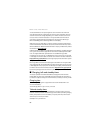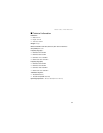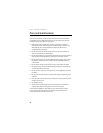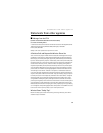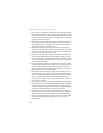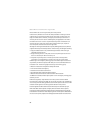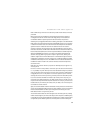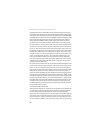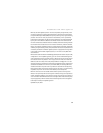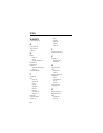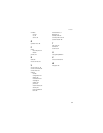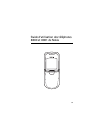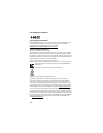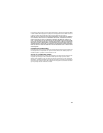Statements from other agencies
94
distance between the user and the RF source will reduce RF exposure. Some groups
sponsored by other national governments have advised that children be discouraged
from using wireless phones at all. For example, the government in the United Kingdom
distributed leaflets containing such a recommendation in December 2000. They noted
that no evidence exists that using a wireless phone causes brain tumors or other ill
effects. Their recommendation to limit wireless phone use by children was strictly
precautionary; it was not based on scientific evidence that any health hazard exists.
Do hands-free kits for wireless phones reduce risks from exposure to RF emissions?
Since there are no known risks from exposure to RF emissions from wireless phones,
there is no reason to believe that hands-free kits reduce risks. Hands-free kits can
be used with wireless phones for convenience and comfort. These systems reduce
the absorption of RF energy in the head because the phone, which is the source
of the RF emissions, will not be placed against the head. On the other hand, if the
phone is mounted against the waist or other part of the body during use, then
that part of the body will absorb more RF energy. Wireless phones marketed in
the U.S. are required to meet safety requirements regardless of whether they are
used against the head or against the body. Either configuration should result in
compliance with the safety limit.
Do wireless phone accessories that claim to shield the head from RF radiation work?
Since there are no known risks from exposure to RF emissions from wireless phones,
there is no reason to believe that accessories that claim to shield the head from
those emissions reduce risks. Some products that claim to shield the user from RF
absorption use special phone cases, while others involve nothing more than a
metallic accessory attached to the phone. Studies have shown that these products
generally do not work as advertised. Unlike "hand-free" kits, these so-called "shields"
may interfere with proper operation of the phone. The phone may be forced to boost
its power to compensate, leading to an increase in RF absorption. In February 2002,
the Federal trade Commission (FTC) charged two companies that sold devices that
claimed to protect wireless phone users from radiation with making false and
unsubstantiated claims. According to FTC, these defendants lacked a reasonable
basis to substantiate their claim.
How does FCC Audit Cell Phone RF?
After FCC grants permission for a particular cellular telephone to be marketed, FCC
will occasionally conduct “post-grant” testing to determine whether production
versions of the phone are being produced to conform with FCC regulatory
requirements. The manufacturer of a cell phone that does not meet FCC’s regulatory
requirements may be required to remove the cell phone from use and to refund
the purchase price or provide a replacement phone, and may be subject to civil or
criminal penalties. In addition, if the cell phone presents a risk of injury to the user,



